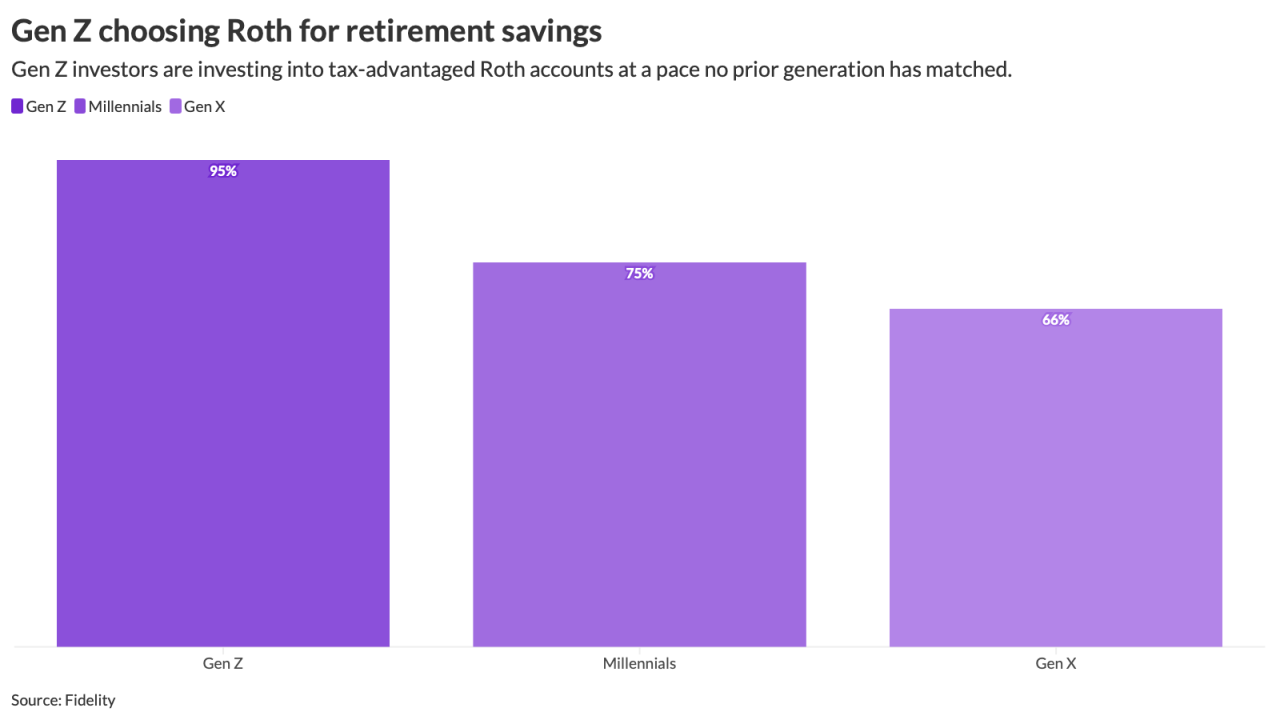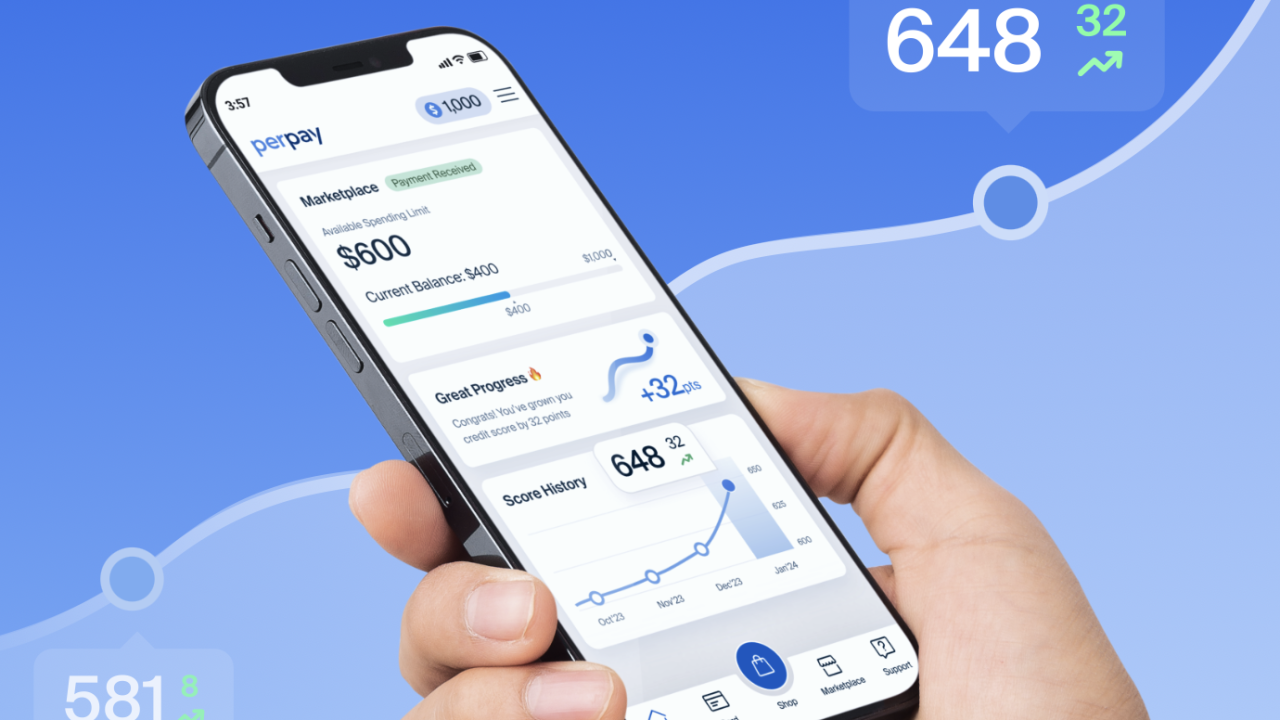Employers have experienced dramatic increases in engagement by tapping into employees' innate competitive and social drives. By using social challenges to entice employee interest in wellness initiatives, employers not only build participation, they are more likely to inspire long-term behavior changes.
"I think that if you get a program right, it's not about extrinsic motivation, such as dangling a few dollars [in front of an employee]. It's about creating intrinsic motivation, [asking employees], 'Why do I want to do this?' If I really want to change people's behaviors, I need to get them to want to do so on a regular basis," says Frank Napolitano, president and CEO, GlobalFit. Thus, he adds, "there has to be an element of competition" in wellness programs.
David Hoinville, executive vice president of North American sales for FitLinxx, concurs: "Incentives bring people to the table and might initially engage them for a beginning period of time, but you do need to layer other things, including challenges and contests."
When Allstate transitioned the focus of its wellness program in 2010 to home in on nutrition and movement, the insurer had great success using a social framework for its walking program.
All hands - and feet - on deck at Allstate
Allstate partnered with GlobalFit to create the Destination You program, which uses FitLinxx pedometer technology to measure employee activity. The program features new challenges every month that vary between individual and team competitions.
"We have found that team [competitions] are really fun because they get everyone [involved] and moving in the same direction," explains Ned Kyle, benefit director at Allstate. "When we do competitions, we do see a lot more steps coming in. Some people are self-starters, but for others who may need a bit of a nudge, this seems to have worked well for us."
The company started with a goal of urging employees to get 5,000-6,000 steps per day, and continues to raise the bar as participants improve. The largest wellness awards go to participants who reach 1 million steps, though the company presents smaller prizes, like gift cards, along the way.
"We've learned that it's not necessarily the prize that they are after, but the competition and the thrill of the victory," says Kyle.
The GlobalFit program uses a FitLinxx tracking device to record a participant's activity - whether they are walking, running or exercising another way, like biking or jumping rope. The information is stored on the device for one to two weeks and when the employee walks past an upload device at the office, data automatically goes to a website interface.
"What we see when people begin our program is they begin quickly to notice the times in their day when there is no activity," Napolitano says. Employees are more apt to use lunch breaks or dog walking responsibilities, for example, as opportunities for activity.
The Allstate program already has seen the benefits of the program, as it has taken on a grass-roots expansion. "A lot is through self-motivation," Kyle says. "We leave it to people to create their own teams and, even on a local level, the well-being champions organize their own competitions. We've found it to work the best if we're not dictating what we want them to do, but rather they tell us what they want to do."
In terms of more concrete ROI, Kyle has received lots of positive feedback from employees who have lost weight or don't need to take as many medications, and the company featured one employee who lost 100 pounds in its internal magazine. He also adds that the program had an 85% retention rate after three months.
Sprinting away from the pack
Sprint, another employer that used social competition to propel its Get Fit program, also shared employee testimonials throughout their initiative to show human struggles and achievements.
"One part of our culture here is competition," explains Stacey Nelson, Sprint's manager of health and wellness. Since Sprint primarily is a retail environment, employees who participate in Sprint Get Fit initiatives have immense pride in their own team and a healthy sense of intercompany and self-competition.
Sprint used this naturally competitive culture to encourage wellbeing and healthy lifestyle changes. For the Sprint Get Fit programs, the telecom leviathan partnered with OptumHealth and ShapeUp, a wellness software company.
The 12-week challenge used social media and competition to help employees focus on exercising, pedometer tracking and/or weight loss. Participants set individual goals, in addition to taking part in team challenges, and record their results each week.
"One of the things we were seeking with this challenge was to find and build upon natural or existing competitive groups," says Collier Case, Sprint's director of benefits, noting that the company set up competitions between different stores within a region, as well as matched up different regions or call centers.
In addition, "we thought that using social media within a national challenge would allow us to leverage some of those existing competitive groups into a different facet around wellness and working as teams to support their health," Case says.
Through a Web portal, employees can chat with a wellness coach, challenge peers to exercise challenges, and can "high five" peers for good effort or "nudge" them encouragingly to record their steps.
To participate in weekly raffle drawings and help their team, participants log their data every week. There are no minimum participation levels.
"Really, it's about participating and completing the challenge," explains Nelson. "We didn't focus on people being the best of the best, but we really wanted people to complete the 12-week challenge."
That's why the company gave points to everyone still participating at the halfway point and at the completion of the program. At the end, Sprint also randomly selected teams that had completed the whole 12-week challenge in a prize drawing. When one employee completed 1 million steps during the program, Sprint created the Million Step Club, giving anyone who reached this goal a pair of sneakers.
Sprint estimates it saved approximately $1.1 million, and the 14,000 participants collectively lost more than 40,000 pounds and took nearly 4.8 billion steps.
The results speak for themselves, as does the changed company culture. Case often sees groups of people taking walks during lunchtime or before work, and many employees "have made sustained lifestyle changes to stay active, to monitor their weight, to exercise or walk with teams. The camaraderie and the [support] people have shown each other has been very rewarding," Case says.
Kyle agrees. "Work is called work for a reason. Especially with the [recent] economy, everybody is asked to do more with less. So, to the extent that you can bring these types of [programs] in, don't underestimate the fun people will have."





